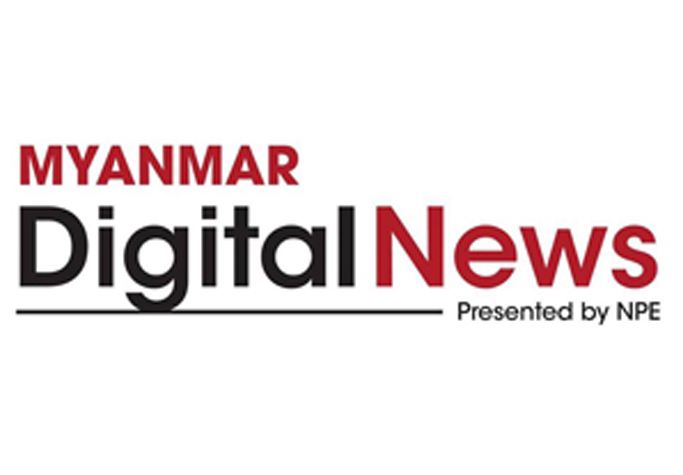MYANMAR’S history reflects the significant contributions of women in political, economic, social, and cultural arenas. From past to present, Myanmar women have actively participated in nation-building, development projects, and defence duty alongside men.
Despite these contributions, women have historically faced unequal rights in sectors such as politics, economics, education, healthcare, and social affairs. Discrimination and gender-based violence have further hindered their progress. Recognizing these challenges, efforts to promote gender equality and protect women’s rights have been initiated across the country. The UN Charter affirms equal rights for men and women, yet many women around the world, including in Myanmar, still lack access to these rights.
In recognition of women’s role in national development, the Myanmar National Committee on Women’s Affairs was established on 3 July 1996. Since then, 3 July has been observed annually as Myanmar Women’s Day. One of the Committee’s primary goals is to empower women and enhance their capabilities to become a reliable force in the country’s progress.
The government has taken steps to ensure gender equality, as outlined in the Constitution of the nation. Section 348 declares that the Union shall not discriminate against any citizen of the Republic of the Union of Myanmar, based on race, birth, religion, official position, status, culture, sex and wealth. Similarly, Section 350 guarantees that women shall be entitled to the same rights and salaries as those received by men in respect of similar work.
Educational statistics reveal a mixed picture. While 51 per cent of females completed primary education compared to 42.3 per cent of males, only 18.8 per cent of females reached middle school and 11.7 per cent completed high school, trailing their male counterparts. However, a higher percentage of women (12.9 per cent) reached university compared to men (9.7 per cent). This indicates the need to further enhance women’s educational opportunities, especially at the secondary level.
Currently, women make up 50.76 per cent of basic education students and 63.60 per cent of those in higher education. They account for 47.19 per cent of the science and technology field and 70.44 per cent of those in related educational sectors. Notably, in the 2023-2024 academic year, girls achieved a 64.31 per cent pass rate in the matriculation exam.
To build on this progress, all ministries and relevant organizations are urged to take active roles in implementing the 12 priority tasks outlined in the National Strategic Plan for the Advancement of Women (2023–2032), based on the Beijing Platform for Action and the Convention on the Elimination of All Forms of Discrimination against Women.


